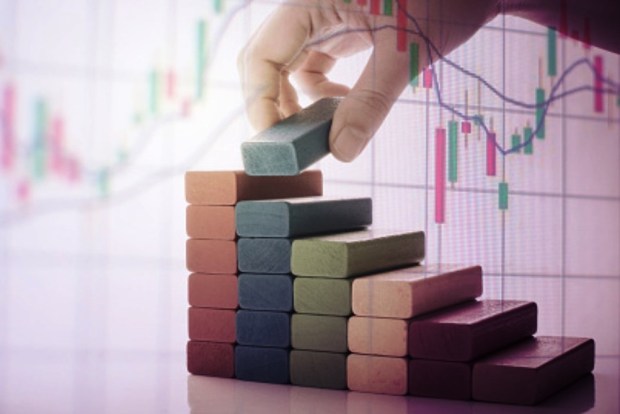Is The Amazon Effect Depressing Inflation?

For the last several years, economists have been trying to crack the mystery of low U.S. inflation. Despite being ten years out of the financial crisis, U.S. inflation stubbornly refuses to resume normal growth and remains below the Fed’s 2 percent target.
Some are questioning if it will ever get there — and if Amazon is the reason growth has been so sluggish. And by some, we mean Goldman Sachs’ chief economist Jan Hatzius.
Over the weekend, Hatzius observed that the last half year has seen “many investors worry that structural drags in the retail sector will prevent a return to the Fed’s 2% target.”
The “Amazon effect” is thought to be a culprit — it prevents brick-and-mortar retailers from raising prices, and instead forces them to “cut prices in a desperate bid to stay alive” to compete with online retailers (Amazon primarily).
According to Hatzius, this effect has pushed a decline of 0.25 percent to core U.S. inflation — while also reducing overall core personal consumption expenditure (PCE) inflation by 0.1 percent.
Also driving deflation — according to Hatzius — is international trade as it is done in the early 21st century.
He identifies U.S. imports from low-cost nations as “the other key disinflationary force in the goods sector in recent decades.”
Hatzius also noted that the changes in the domestic retail market — particularly when wedded to the changing import market — are critical to understanding the deflation issue wracking the U.S. economy. He also pointed to some factors that are largely external to retail in his report over the weekend.
“Structural forces in the service sector — particularly healthcare and education — are weighing more heavily on inflation than they did back then,” Hatzius noted.
Those forces in the service sector, he wrote, when paired with the apparently still-escalating Amazon effect, “may continue to delay a return to the Fed’s 2 percent target.”
